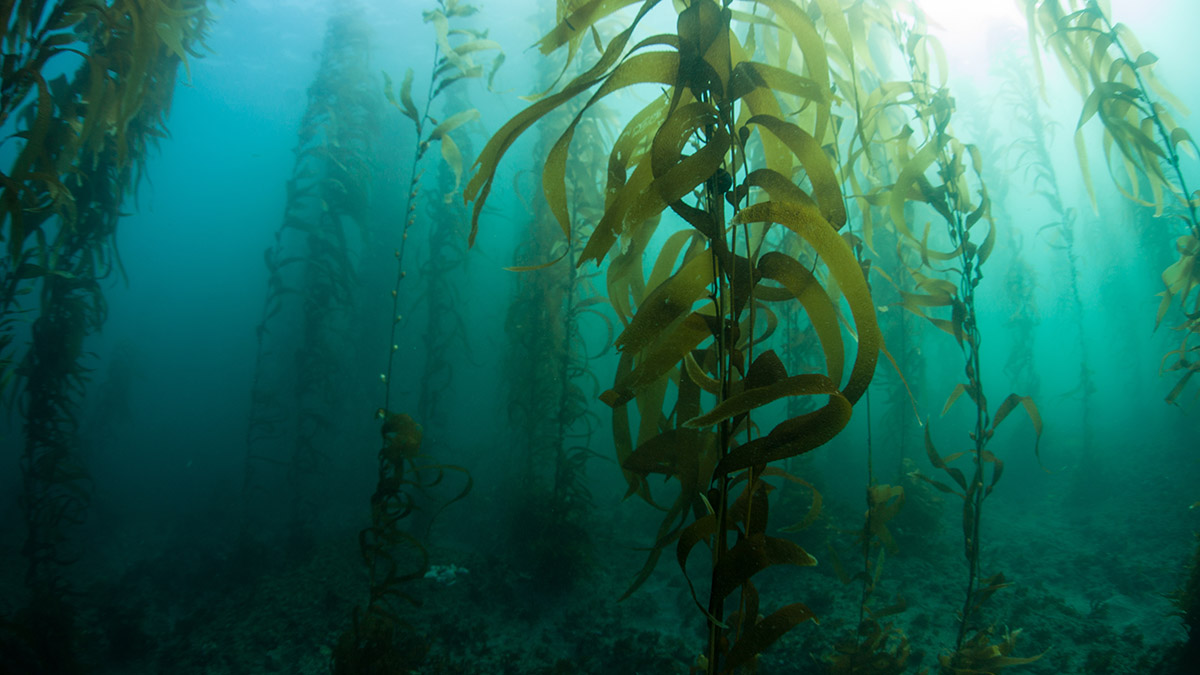Seaweed polysaccharides have garnered considerable attention as a rich and valuable resource that has been extensively researched. Their potential applications in biology, biomedicine, and functional food have been thoroughly investigated, leading to significant advancements in these fields. Their utilization as drug delivery systems has shown great promise, further contributing to the progress being made in this area. Alginate, carrageenan, fucoidan, and laminarin are polysaccharides commonly isolated from seaweed. There are several methods available to convert these natural polymers into nanoparticles (NPs), including ionic gelation, emulsion, and polyelectrolyte complexation. These methods allow for the production of NPs with specific characteristics, such as shape, size, charge, and intended applications. The primary objective of this blog is to shed light on fucoidan and its significance, particularly in relation to the research paper authored by Jayachandran Venkatesan. The paper, titled “Preparation and Applications for Drug Delivery,” delves into the topic of Seaweed Polysaccharide-Based Nanoparticles and their potential use in drug delivery systems.
Fucoidan is an anionic sulfated polysaccharide that is present in various types of brown algae, such as Laminaria japonica, Fucus fucus, and Ascophyllum nodosum. It has exceptional biological activities such as antiviral, antitumor, antithrombotic, anticoagulant, anti-inflammatory, and antioxidant effects. While there have been studies conducted on fucoidan-based NPs for delivering curcumin, doxorubicin, and growth factors, the exploration of fucoidan’s precise function in biomedical applications is at an early stage.
One notable advancement in research involves the development of Chitosan/fucoidan-based NPs, known as Chitosan-fucoidan NPs, which are created through self-assembly. The primary objective of these NPs is to effectively transport bioactive compounds. The size of the developed chitosan-fucoidan NPs ranged from approximately 365 to 900 nm. By maintaining a 1:1 ratio of chitosan to fucoidan, NPs with small size, high yield, and good stability were successfully produced, indicating the optimal condition. They also found that pH 5 is optimal for producing polyelectrolyte NPs. Kimura et al. developed his fucoidan-based NPs and evaluated their activity against osteosarcoma. In light of the experimental results, it can be concluded that fucoidan NPs proved to be more effective than their natural counterpart. As a result, fucoidan nanogels were successfully generated with a particle size of approximately 123 nm and utilized in cancer investigations. Stable chitosan-fucoidan NPs encapsulating basic fibroblast growth factor (bFGF) were developed for neural tissue engineering.
Multiple studies have described the use of diverse fucoidan NPs in the transportation of growth factors (refer to Table 7). Huang et al. developed chitosan-fucoidan-based NPs as a vehicle for stromal cell-derived factor-1 (SDF-1). Chitosan–TPP–fucoidan NPs were developed using ionic gelation and PEC methods. The encapsulation efficiency of chitosan-TPP-fucoidan NPs by SDF-1 ranged from 60% to 68%. The developed NPs exhibited spherical diameters of approximately 173–403 nm. The concentration of SDF-1 released from chitosan-TPP-fucoidan NPs varied between 17 and 23 ng/mL.
In the same group’s study, chitosan-fucoidan NPs were produced by his PEC process and used for neural tissue engineering. The size of the NPs was approximately 200 nm. The developed chitosan-fucoidan NPs were non-toxic to PC12 cells at a concentration of 125 ng/mL. Fucoidan-chitosan nanoparticles were also created using the PEC method alongside sonication, and the fucoidan-chitosan nanoparticles loaded with BSA exhibited a gradual release of BSA.
Fucoidan has demonstrated its potential in eliminating cancer cells through apoptosis, and researchers have developed different fucoidan-based nanoparticles that encapsulate anticancer drugs in order to enhance cancer treatment effectiveness. Huang et al. (2011) developed chitosan-fucoidan NPs by ionic gelation for curcumin delivery. Curcumin possesses potential as a natural anticancer substance; however, its effectiveness is limited due to its low bioavailability. Curcumin-loaded NPs have been attempted to improve bioavailability. The encapsulation efficiency of curcumin in chitosan-fucoidan NPs was over 85%.
In a study from the same group, fucoidan NPs were developed using o-carboxymethyl chitosan for curcumin delivery. Ionic cross-linking has been used to fabricate these NPs. There was a significant enhancement in the encapsulation efficiency, reaching 92.8%. Researchers have also created Fucoidan NPs that contain DOX for the purpose of treating cancer.
In HCT-8 cells (MDR model cells) exposed to DOX-loaded His AcFu NPs, a time-dependent cellular internalization of the drug was observed. Within a 2-hour period, the HCT-8 cells successfully absorbed more than 99% of the total DOX load, while only 1.99% and 1.79% were absorbed by the fucoidan-DOX mixture and free DOX, respectively.
In HCT-116 cells (non-MDR cells), the cellular uptake of free DOX was similar to that of DOX encapsulated in AcFu nanoparticles. However, the researchers have acknowledged that the explanation for this finding is not yet understood.
In conclusion, seaweed polysaccharide-based NPs have shown promising results in the delivery of proteins, peptides, anticancer drugs, and other drugs with enhanced bioavailability and sustained release. The incorporation of targeting moieties into polysaccharide-based nanoparticles enhances their therapeutic effectiveness while concurrently mitigating undesirable side effects.
| Table 7. Fucoidan NPs for growth factor delivery. | |||||
| Serial number | Materials | Method | Size | Drug | References |
| 1 | Chitosan–fucoidan NPs | Polyelectrolyte complexing | 200 nm | bFGF | [171] |
Source: Polymers 2016, 8(2), 30; https://doi.org/10.3390/polym8020030

This post is priceless. Where can I find out more?
You can check PubMed section.